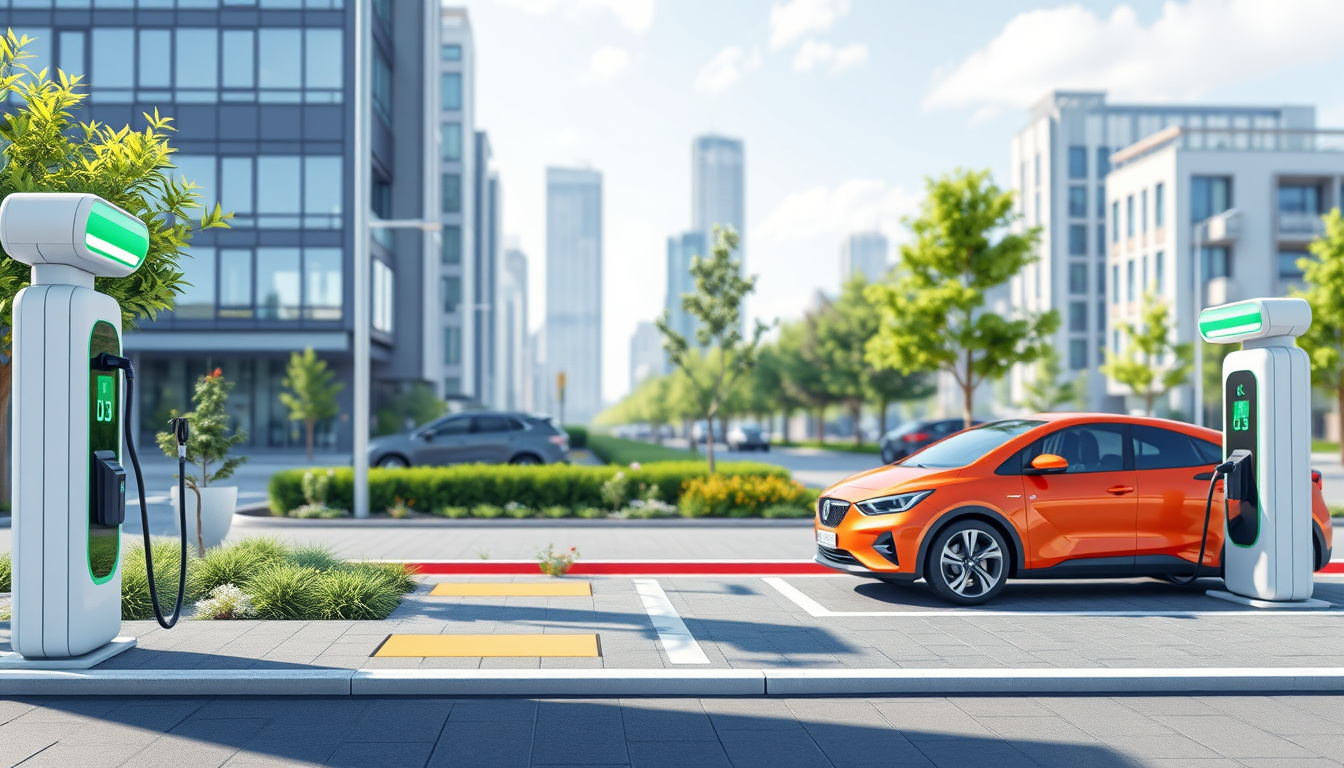The rapid growth of urban infrastructure for electric vehicles (EVs) is becoming increasingly evident, with significant advancements seen in the deployment of Combined Charging System (CCS) charging stations. As cities adapt to the demand for sustainable transport options, the surge in CCS charging stations offers insights into the future of urban mobility and the steps required to foster a greener, cleaner environment.

The State of Urban Charging Infrastructure
As of recent reports, the number of publicly available electric vehicle chargers in the United States has doubled since the beginning of the Biden-Harris administration. This dramatic increase signifies not just enhanced accessibility but also a commitment to developing a sustainable transportation network. Currently, there are over 192,000 publicly available EV charging ports, with approximately 1,000 new public chargers being integrated each week. The expansion is complemented by substantial funding from federal initiatives like the Infrastructure Investment and Jobs Act, which allocates resources for community and corridor charging infrastructure.
This infrastructure is crucial for densely populated urban areas where the reliance on public charging is higher due to limited residential charging options. For instance, locations with significant residential units and high rates of rideshare activity are seeing a rise in CCS stations, allowing EV users to charge their vehicles conveniently.
Why CCS Charging Stations?
The CCS standard is increasingly becoming the dominant choice among EV manufacturers and users, representing about 59% of new charging ports. Notably, the growth of DC fast charging stations — a significant aspect of the CCS infrastructure — is transforming the user experience. With rapid charging solutions, electric vehicles can be charged more efficiently, significantly reducing the time drivers spend at charging points.
A Look at Growth Statistics
Reports from the U.S. Department of Energy reveal that, as of the second quarter of 2024, there was a 6.3% overall increase in EV charging ports, with a marked 6.5% increase in public ports. The Northeast region led this surge, reflecting the acute need for urban charging solutions. California, meanwhile, persists in leading the nation with the highest availability of public EV charging ports, reinforcing its status as a pioneer in sustainable transport solutions.
Reliability and Utilization Trends
Another important aspect of this charging network expansion is the reliability of the charging infrastructure. The latest data indicates rising reliability rates, with the average utilization in urban areas continuing to climb, signaling that as more stations become available, they are also being used more consistently. Urban utilization rates often exceed 30%, demonstrating the increasing dependence on public chargers in city environments.
However, concerns exist for rural and lower-income areas, which face risks of infrastructure neglect. The cancellation of certain federal programs raises alarms about equitable access to charging stations, as providers focus more on lucrative urban markets.
Future Directions for Urban Charging Stations
Looking ahead, the shift towards what some call "Charging 2.0" marks a pivotal transition in EV infrastructure. The focus is not only on availability but also on enhancing user experience, with operators working to ensure reliable and efficient charging options. This phase is characterized by a move towards profitability and sustainability, striving to create charging environments that are user-friendly and strategically located.
The Biden-Harris administration’s commitment to expanding this network through significant federal grants, partnerships with state and local governments, and incentives for private sector investment signifies a robust federal strategy to tackle climate change while supporting economic growth.
Conclusion
The surge in CCS charging stations reflects a growing recognition of the importance of electric vehicles in urban sustainability. Comprehensive investment in charging infrastructure is essential to meet the needs of changing urban landscapes and to support the transition to a cleaner, more energy-efficient future. As CCS stations continue to proliferate, they not only enhance accessibility but also symbolize cities embracing an innovative approach to transportation that prioritizes environmental health and human convenience. The successful implementation of this infrastructure is likely to play a critical role in driving EV adoption and achieving long-term sustainability goals.
——————————————————
Voltsandvolts.com is a blog dedicated to electric vehicles (EVs). Our blog features articles on EV reviews, stories, tips, tricks, charging infrastructure, and battery technology. Join the conversation and become part of the Voltsandvolts.com community today!
